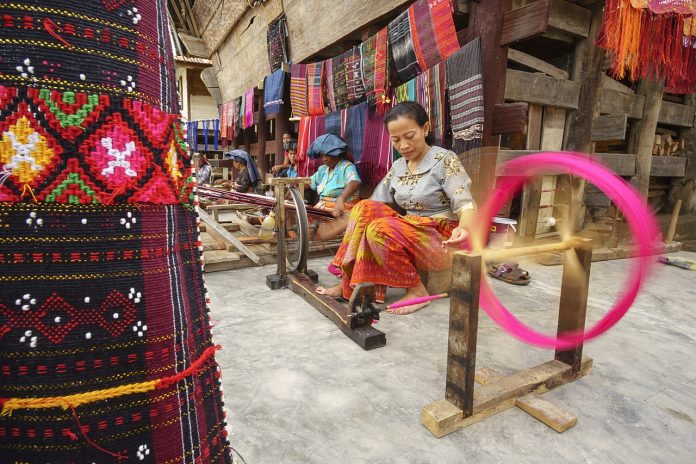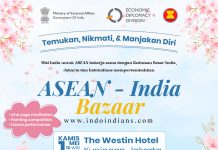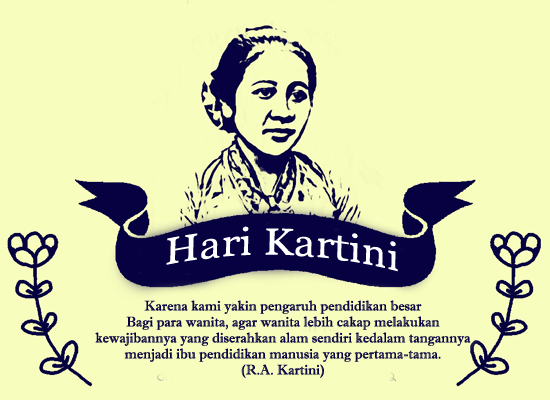The traditional woven cloth of Batak in Sumatra – Ulos
In the rich tapestry of Indonesian cultural heritage, the Ulos cloth of the Batak tribe in North Sumatra holds a revered place, embodying not just a piece of fabric but a profound narrative of tradition, identity, and symbolism. Ulos, more than a traditional attire, represents an integral aspect of the Batak people’s life, interwoven with the threads of their beliefs, rituals, and societal values.
Batak tribe originated as mountain people, where the weather was cold. They believed in three symbols of human life, namely blood, breath and warmth. The symbol of warmth is Sun, Fire and Ulos. Among these options, ulos (blanket) is the most practical, comfortable and easy heating option because it can be used anywhere and anytime.
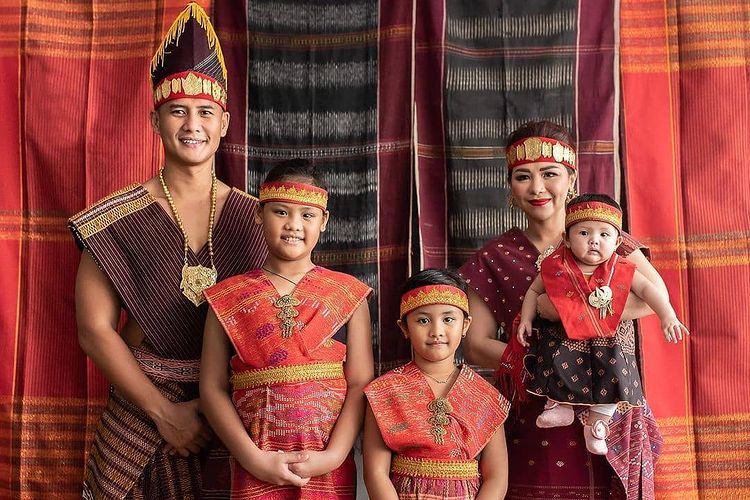
Ulos, at its core, is a traditional Batak fabric, predominantly handwoven, serving multiple purposes within the community. It is a symbol of warmth, affection, and social status, used in various ceremonial contexts such as weddings, births, and funerals. The fabric’s importance extends beyond its physical warmth; it is a bearer of blessings, protection, and cultural identity. In fact, a term has emerged in the use of ulos, namely mangulosi – a traditional process of draping ulos cloth over other people’s shoulders, which symbolizes protection from all disturbances.
Weaving Ulos
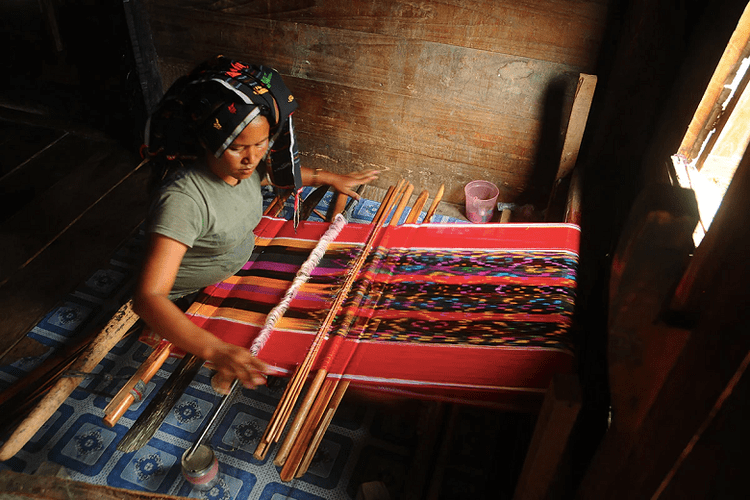
Each Ulos type, with its distinctive patterns and colors, carries specific meanings and is employed in different ceremonial roles, reflecting the rich cultural tapestry of the Batak people.
The creation of Ulos is traditionally the domain of Batak women, embodying their role as caretakers of the family and community’s cultural heritage. This intricate process involves spinning cotton into thread, dyeing it with natural colors derived from plants, and weaving it on manual looms. The dyes used are obtained from sources like the indigo plant for blue, secang wood and noni for red, turmeric for yellow, and a blend of noni and indigo for black. The entire process, from preparing the thread to the final weaving, is a labor of love, often spanning several months to produce a single piece of Ulos.
The Diverse Types of Ulos and Their Significance
Ulos comes in various forms, each with its unique significance and use within Batak traditions:
- Ulos Ragi Hotang: Symbolizing the bond of love, this cloth is often used in weddings to wrap around the shoulders of the bride and groom, signifying their united journey ahead.
- Ulos Sibolang: Known for its blue color and arrowhead pattern, it serves as a versatile piece, used as a sarong or shawl.
- Ulos Ragidup: Represents life and happiness, intricately woven and considered a symbol of prosperity and long life.
- Ulos Sadum: Characterized by vibrant red accents and floral motifs, it is a symbol of joy and enthusiasm.
- Ulos Bintang Maratur: Signifies obedience and harmony, often used in ceremonies to mark significant life events.
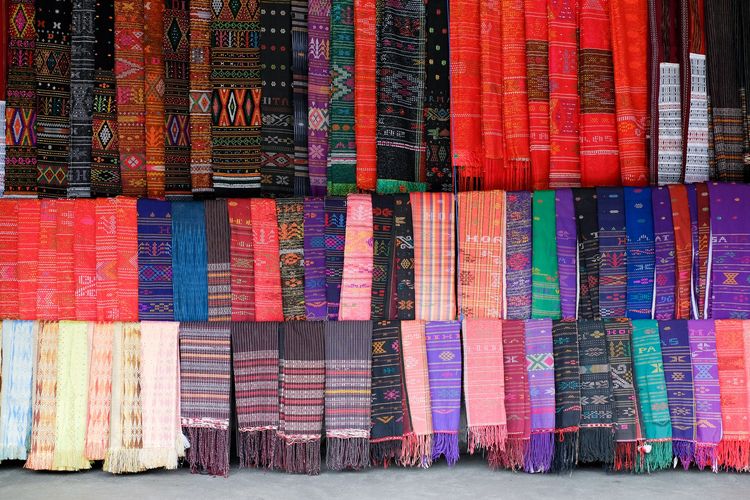
While traditional methods and natural dyes were once the norm in crafting Ulos, modernization has introduced changes. Today, weavers might use non-machine looms and synthetic dyes, making Ulos more accessible while also presenting challenges in maintaining the authenticity and quality of these cultural artifacts.
Despite modern pressures, Ulos remains as a symbol of Batak identity and heritage, continues to thrive. Used in traditional ceremonies and as a fashionable accessory, integrating into daily life while preserving its cultural significance. Its appeal has broadened, with motifs being adapted into various souvenir items, making Ulos a souvenir for visitors to North Sumatra.
Ulos stands as a profound symbol of the Batak people’s cultural richness, embodying their history, values, and aspirations. Its intricate designs, meaningful patterns, and the painstaking craftsmanship required to produce each piece make it a remarkable element of Indonesia’s cultural heritage. As we explore the beauty and depth of Ulos, we gain insight into the vibrant cultural fabric of the Batak tribe, a testament to the enduring spirit of Indonesian traditional arts and crafts.

